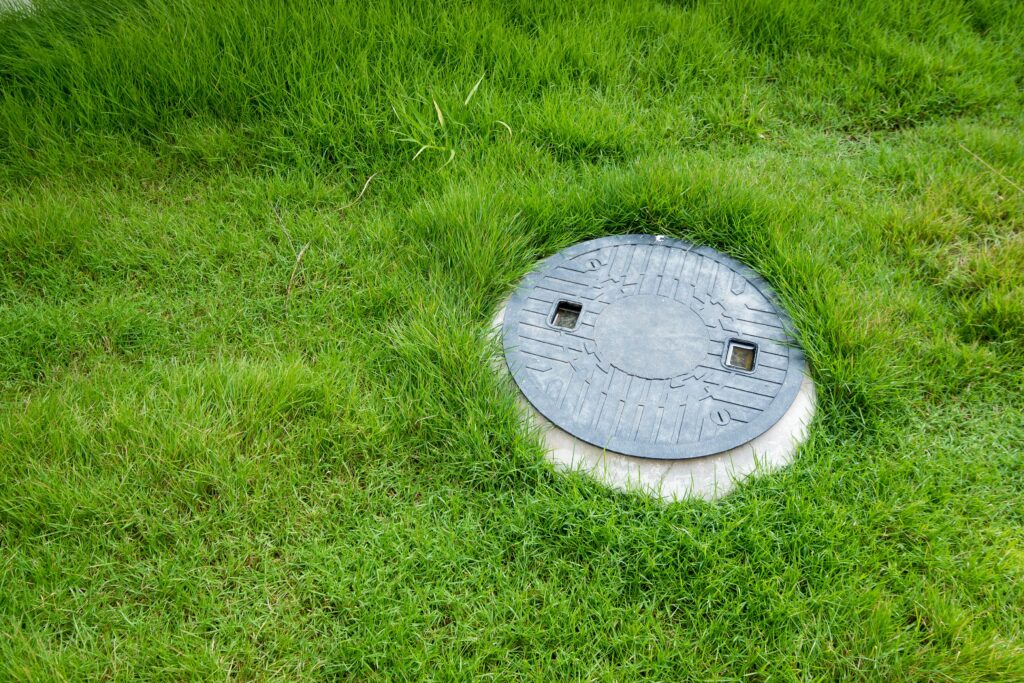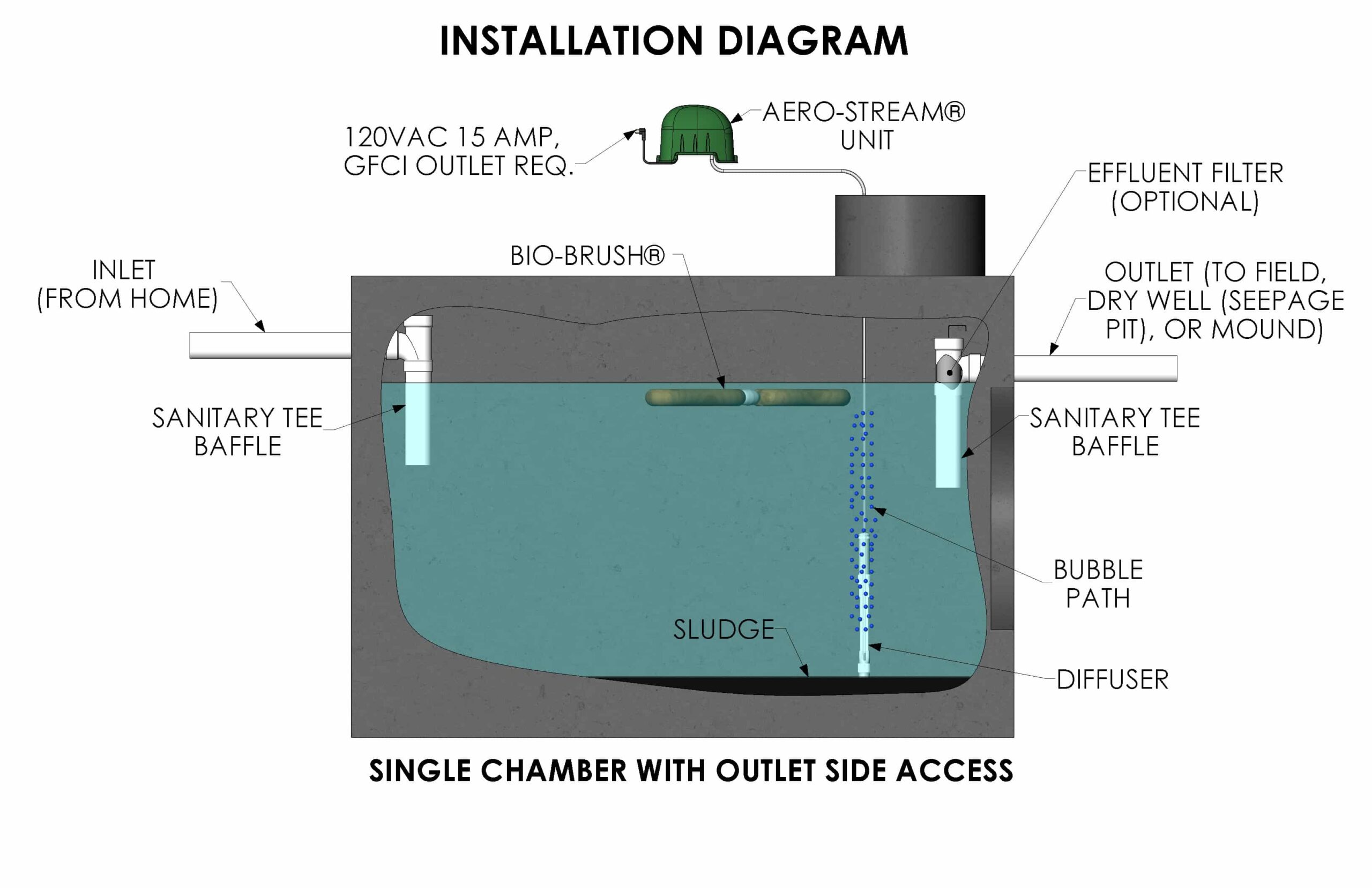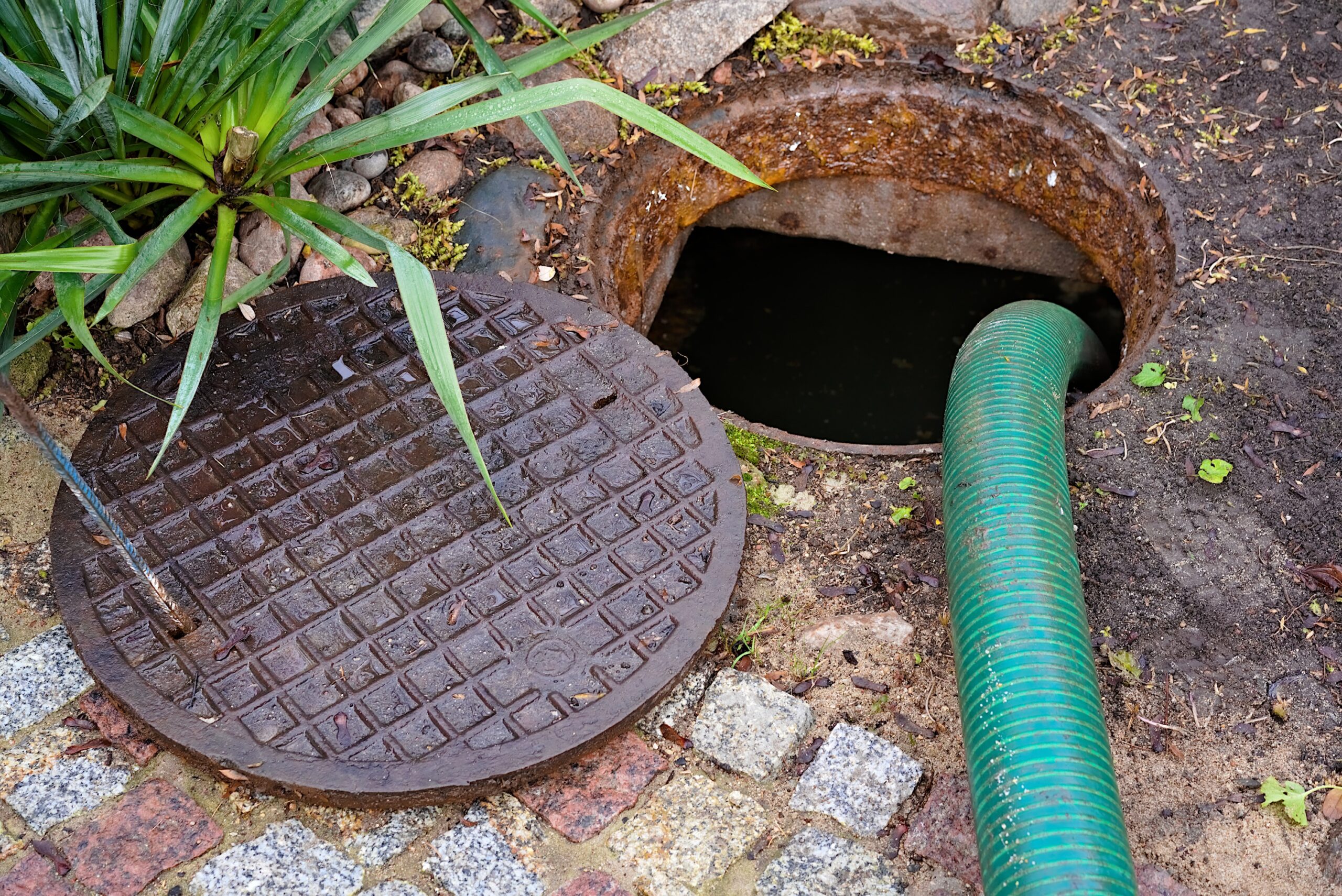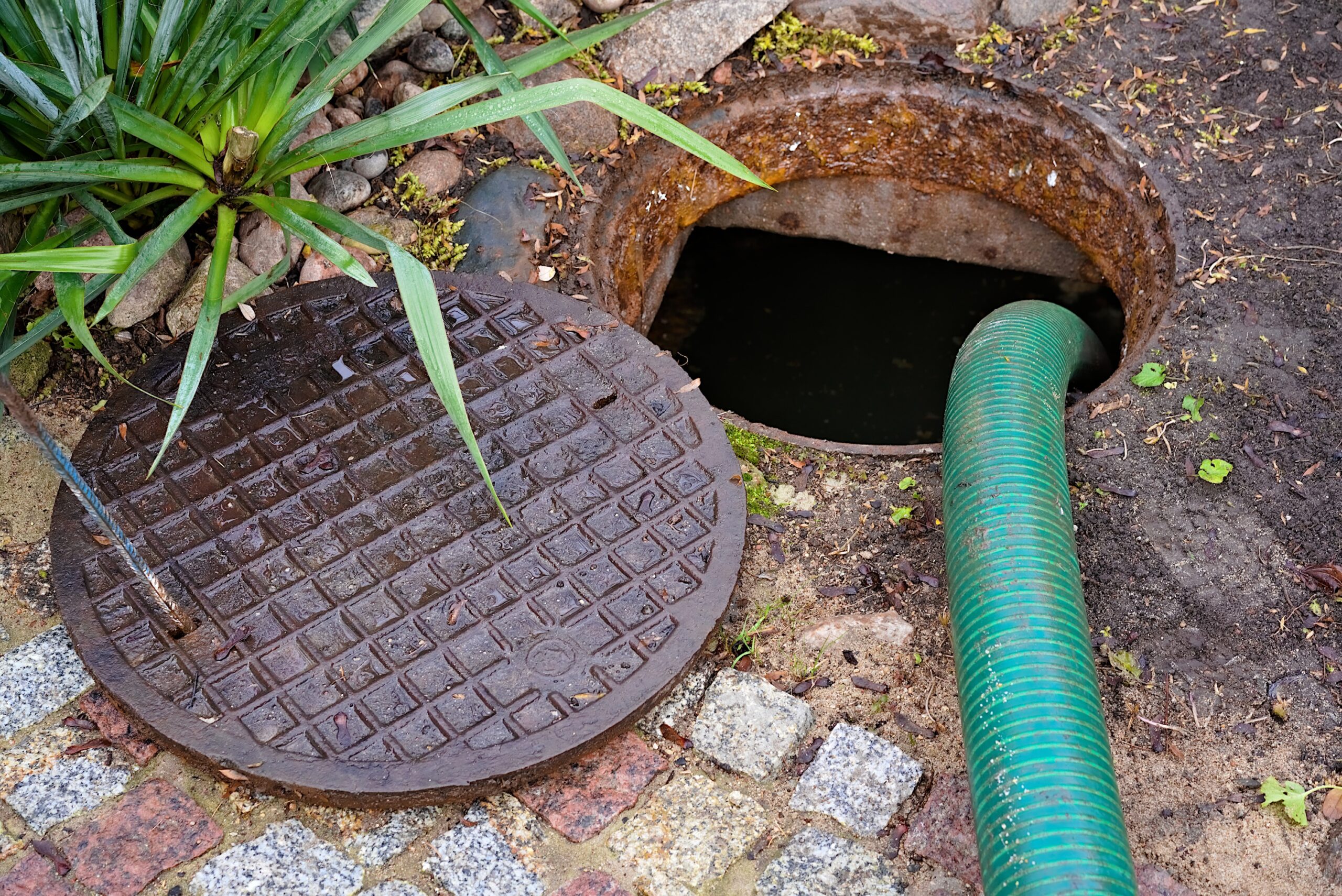An Overview Of Septic Tank Systems

Introduction
A septic tank is a buried container that holds domestic wastewater to reduce the risk of contamination. Septic tanks are usually made of concrete, fiberglass, or plastic and are located underground. They contain a series of chambers that hold anaerobic bacteria and enzymes that break down solid waste into sludge at the bottom of the tank. The wastewater then exits through perforated pipe into a drain field, which is an area away from any bodies of water or sources of drinking water where the soil can absorb it safely for treatment by nature’s elements.
A septic tank is placed at the end of a drain pipe in a home or building that is not connected to a city’s sewer system.
A septic tank is buried underground and placed at the end of a drainpipe in a home or building that is not connected to a city’s sewer system. Septic tanks are usually made of concrete, fiberglass, or plastic, and they are usually rectangular in shape.
The septic tank contains bacteria and enzymes, which break down solid waste into sludge at the bottom of the tank and allow wastewater to flow out into a drainage field.
You may be wondering what the septic tank is, and how it works. The septic tank contains bacteria and enzymes, which break down solid waste into sludge at the bottom of the tank and allow wastewater to flow out into a drainage field.
The septic system consists of four parts:
- a buried concrete or plastic drainfield (also called leaching bed) where effluent from your home percolates into the soil.
- a wastewater treatment plant that treats sewage from your house before it goes back into the groundwater.
- an underground pipe connecting these two components; and
- valves for controlling flow between them if desired.
Septic tanks should be pumped every three to five years, depending on the size of the tank itself and the amount of use it receives.
- You should pump your septic tank every three to five years, depending on the size of the tank itself and the amount of use it receives.
- The frequency at which you should pump a septic tank depends on three main factors: the size of your home, the number of people living in it, and how often you use your system (if you live in an area with extremely hard water, for example). For instance, if you have a large family and extensively use all your appliances (including washing machines), then it is likely that pumping more frequently would be necessary.
The size of the septic tank you need depends on average daily water use, the number of people living in your home, and the size of your home’s plumbing system.
The size of septic tank you need depends on average daily water use, the number of people living in your home, and the size of your home’s plumbing system. If you have a family of four or more, you will need a larger septic tank than someone who lives alone or has children that only visit occasionally.
If you have three bathrooms in your house, then it is likely that each bathroom uses about five gallons per minute (GPM). So, if there are three bathrooms and one shower stall that uses around 10 GPM on average with both faucets running at once—and since we are talking about an average usage—then you could estimate that each person uses about 15 GPM per day for flushing toilets and washing hands/faces/etcetera. This means that if there are eight people living in a 3-bathroom home with two showers operating simultaneously in one bathroom one day per week (or 14 days out of 30), then they would use approximately 150 GPM annually!
Proper maintenance of your septic system prevents health risks from contaminated soil, protects groundwater, and limits pollution from household products sent into septic systems.
Proper maintenance of your septic system prevents health risks from contaminated soil, protects groundwater, and limits pollution from household products sent into septic systems.
Septic tank owners are responsible for maintaining their systems, so they continue to work properly. Systems with improper maintenance can fail or become unstable over time, leading to the accumulation of waste matter in the soil around your home. If this happens, then it becomes exceedingly difficult to maintain healthy living conditions on your property in terms of environmental contaminants that can lead to illness or other problems (such as noxious odors).
Portable toilet tanks are designed so that waste can be collected and removed for disposal by a sanitation service, without having to pump out larger septic tanks.
If you are thinking about getting a portable toilet tank, here are some things to consider:
- Portable toilet tanks are designed so that waste can be collected and removed for disposal by a sanitation service, without having to pump out larger septic tanks.
- Septic tanks should be pumped every three to five years, depending on the size of the tank itself and the amount of use it receives.
- The size of septic tank you need depends on average daily water use, the number of people living in your home, and the size of your home’s plumbing system.
Septic systems consist of two main parts: a septic tank and a drain field.
A septic system consists of two main parts: a septic tank and a drain field. The septic tank is an underground chamber that holds wastewater, allowing it to be broken down by naturally occurring bacteria. The drain field is a series of perforated pipes buried in soil through which the treated wastewater passes from the septic tank. It breaks down further as it travels through this piping, but some groundwater will also be drawn into these pipes through absorption by capillary action and may eventually make its way back out into the environment via evaporation or infiltration into surrounding soils.
Allowing your leach field (which is connected to your home’s drainfield) to become clogged with debris can result in sewage backing up inside your home or leaking out into areas near your home—a major health hazard! This can cause substantial damage as well as create an unpleasant odor around your property if left untreated for too long!
A septic system drainfield has a useful service life of about 15 – 20 years. Some fail in less than 10 years and others will last 30 years. All these septic tank systems will eventually fail. When the drainfield does fail do not dig it up and replace it. You can install an Aero-Stream remediation system and reverse the ageing process and make the drainfield work like new. This can be accomplished for only a fraction of the cost of replacement. And we guarantee to fix your septic system drainfield.
A septic system is an underground chamber made of concrete, fiberglass, or plastic through which domestic wastewater flows for basic treatment.
A septic system is an underground chamber made of concrete, fiberglass, or plastic through which domestic wastewater flows for basic treatment. The wastewater first goes to a primary settling tank where heavy particles settle to the bottom and float on top of the liquid. The liquid then flows into a secondary chamber called a clarifier, where it is treated with bacteria that break down other solid particles that may be present in the water before it discharges into the soil through a leach field.
Conclusion
A septic tank is an underground chamber made of concrete, fiberglass, or plastic through which domestic wastewater flows for basic treatment. Septic tanks consist of two main parts: a septic tank and a drain field. The tank is the holding area for sewage where organic matter settles to the bottom and decomposes. The drain field consists of pipes that carry waste from your home into the ground where it can be treated naturally by bacteria living in the soil surrounding them.












